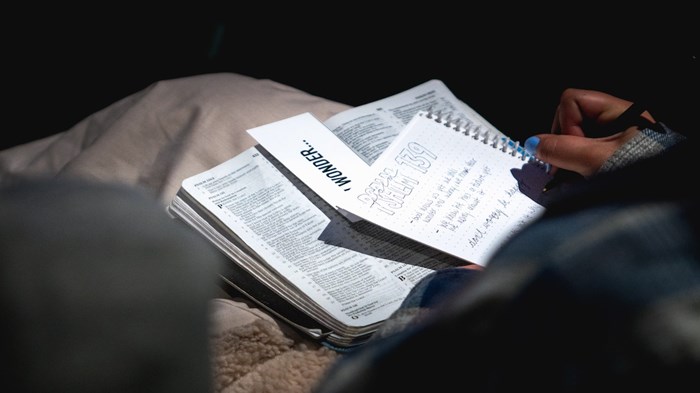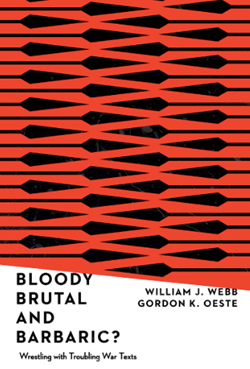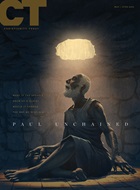What Happened to "Holy War" When Jesus Came?

Some proponents of war use the holy war texts to justify barbarisms being done today, and that’s all one can call nuclear destructions and obliterations. Some back off the barbarisms because of Jesus but defend what is called under many terms “just war.” One is entitled to act How the Son of God on the cross can become a justification for just or holy war.
Greg Boyd’s massive The Crucifixion of the Warrior God, to which I devoted a series much like this series on Webb and Oeste’s book, sought to re-interpret the holy war texts in light of a cross-shaped theology. Boyd did nothing less than theological interpretation of Scripture, though many in that school of thought don’t like what Boyd did. He’s using their method with a different theology and it at least exposes the method.

What do William Webb and Gordon Oeste, in their Bloody, Brutal, and Barbaric? do when they get to Jesus? What happens to the war texts, the holy war texts?
Here are their seven major conclusions:
- The cross marks a unique change or advancement in the canonical story line that stops the recurring ethical damage from literal holy war ever happening again (not unlike the end of literal animal sacrifice). It does so by moving holy war (fighting between human armies) from the literal to the spiritual/meta-phorical domain.
- The extreme cruelty and injustice experienced by Jesus in his warlike crucifixion by Roman soldiers (the horizon of shared ancient-world atrocities) makes him uniquely qualified to hear, judge, and utangle the ethical mess of those who experienced embedded (in)justice in ancient biblical holy war.
- The cross-all-nations extension of the death of Jesus and his gospel should make us at least open to, if not inclined to, seeing the final eschatological battle in a metaphorical (not literal) light.
- The portrait of a suffering and crying God both in the cross of Jesus and in the holy war texts takes us deep into the mystery of divine love and vulnerability. While this does not directly fix the ethical problem, it surely helps us realize where God is in all this suffering. It is hard to remain angry at someone who suffers with us in a suffering world.
- The torn temple curtain at the death of Jesus and emerging new-temple ideas com-pletely reconfigure the temple-land-nation ideology of the Old Testament and ancient world. Any land-tied, nation-based literal warfare becomes obsolete and nonsensical for Jesus’ followers, who worship in a new, people-based temple.
- The coming of the Spirit confirms new-temple theology but also affords the opportunity for taking the ethics of biblical warfare (its laws) with its incremental redemptive movement to new levels of fulfillment well beyond Hague and Geneva. On a personallevel we are called to be less retaliatory (no longer punch for punch) and more giving (go the extra mile).
- Jesus’ death and empty tomb carry the redemptive story line forward to the point of final justice. The unfolding implications of crucifixion,resurrection, and ascension lie deep within the spiritual substrata of what it takes to make the next thing happen. The first-advent Jesus events create the theological impetus that makes it possible for the story line to move forward toward a much-awaited moment in the eschaton-the ultimate resolution of all past injustices with the coming of the final and complete justice that Jesus brings to the new heavens and new earth.
Jesus Creed is a part of CT's
Blog Forum. Support the work of CT.
Subscribe and get one year free.
The views of the blogger do not necessarily reflect those of Christianity Today.


















